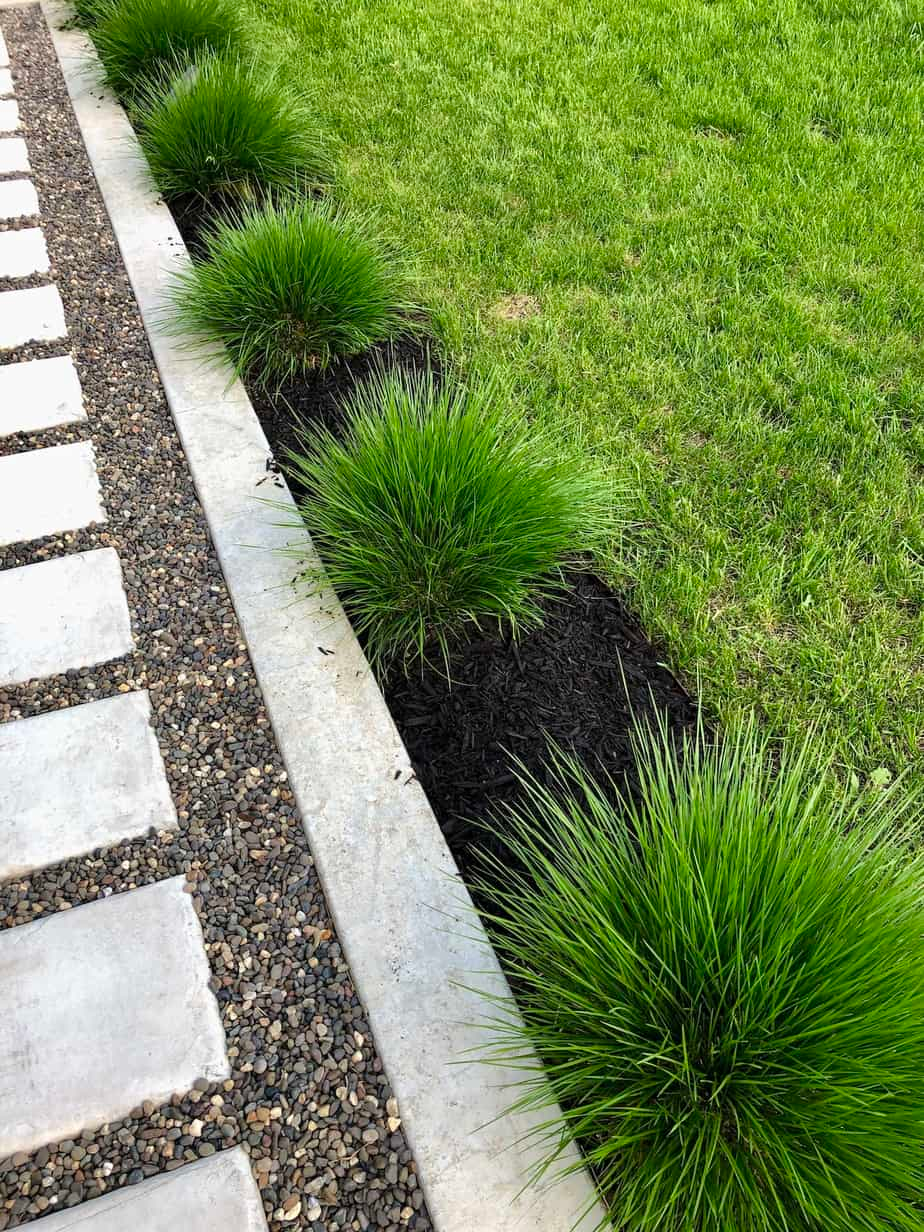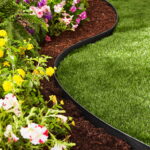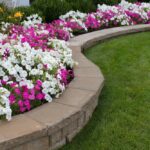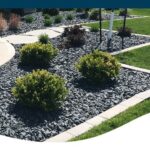Landscaping borders play a crucial role in defining and enhancing the overall look of a garden or outdoor space. They serve as a visual separation between different areas of a landscape, such as lawns, flower beds, and pathways. Borders also help to contain and showcase plants and flowers within specific boundaries, creating a neat and organized appearance.
One popular material for landscaping borders is stone or rock. These natural materials provide a timeless and rustic look to any garden or yard. Whether it’s a simple row of rocks or intricately stacked stone walls, this option adds a sense of permanence and elegance to the landscaping design. Stone borders are also durable and low-maintenance, making them a practical choice for long-term landscaping solutions.
Another common choice for landscaping borders is metal or plastic edging. These materials offer a sleek and modern look to any outdoor space. Metal edging, such as steel or aluminum, provides a clean and crisp line that creates a sophisticated and contemporary aesthetic. Plastic edging, on the other hand, is lightweight and flexible, making it easy to install and shape around curves and corners.
Wood is another popular option for landscaping borders. Wood borders can range from simple timber planks to more elaborate designs, such as woven willow fences or lattice panels. Wood borders add a warm and natural element to the landscape, complementing the surrounding greenery and plants. However, it is important to select rot-resistant wood and treat it properly to prevent decay and prolong its lifespan.
For a more eco-friendly and sustainable option, consider using recycled materials for landscaping borders. Old tires, bottles, or even broken tiles can be repurposed to create unique and creative borders for your garden. Not only does this help reduce waste and promote recycling, but it also adds a creative and personalized touch to the landscaping design.
Regardless of the material chosen for landscaping borders, it is essential to consider the overall design and aesthetic of the outdoor space. Borders should complement and enhance the existing elements of the landscape, such as plants, hardscaping, and architectural features. By selecting the right border material and design, you can create a cohesive and visually appealing outdoor environment that reflects your personal style and enhances the beauty of your property.
















